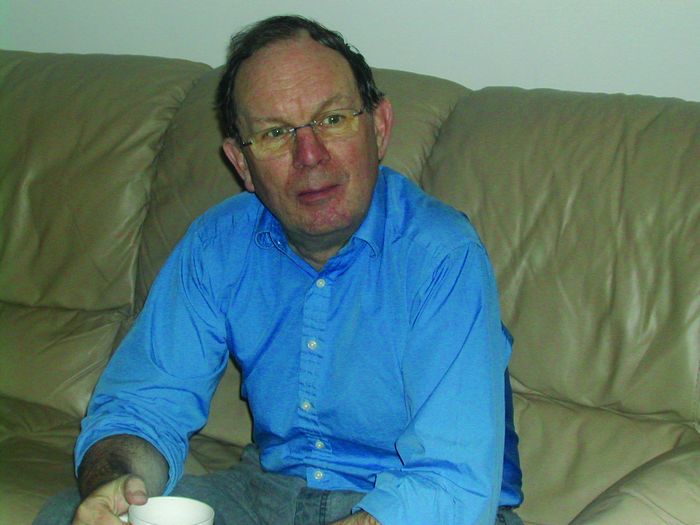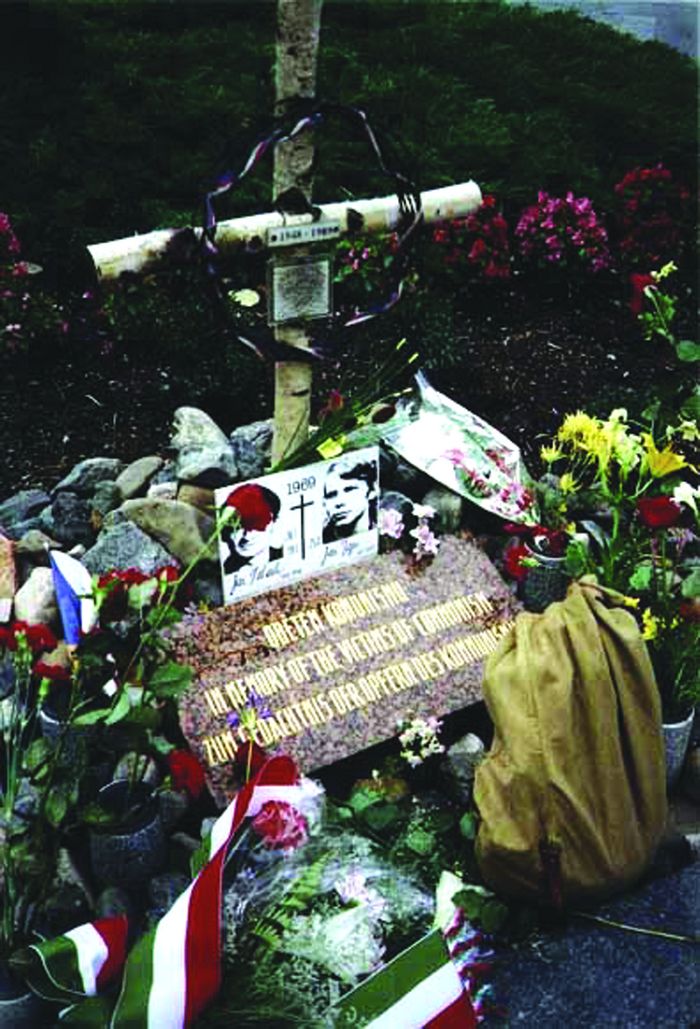I was married in a Bohemian Castle
St Peter’s Road resident and technical author Richard Slater recounts his days in Bohemia. [Bohemia is the western province of the Czech Republic; the eastern one is Moravia.] In this final piece, Richard describes the aftermath of the ‘Prague Spring’.
Popular resistance was expressed in numerous acts of non-violence: in Prague and other cities, Czechoslovaks argued with the Warsaw Pact soldiers (everybody had been forced to learn Russian in school). Every form of assistance, including the provision of food and water, was refused. Town and street names and signposts were painted out. Placards and graffiti on walls and pavements denounced the invaders and the Soviet leaders. National flags and pictures of Dubcek and Svoboda appeared everywhere. The widespread resistance caused the Soviet Union to abandon its original plan to oust the First Secretary and Dubcek, who had been arrested on the night of August 20th, was taken to Moscow for “negotiations”. It was agreed that Dubcek would remain in office and that a programme of moderate reform would continue.
On January 19th, 1969, Jan Palach, a student, set himself on fire in Prague’s Wenceslas Square, in protest at the renewed suppression of free speech; a month later another student killed himself in the same way. I was back in Prague on business in May 1969 and saw the unofficial memorial to Palach. Every day, people placed small flags, flowers and candles at the spot and every night the militia (police in communist states are called militia) took them away. This went on for quite a while, until the authorities gave up. It was later replaced by a more organised memorial, and today there is an official one. I also saw some of the signs of fighting – the façade of the National Museum occupying the top of Wenceslas Square was heavily pocked-marked by bullets. Finally, Dubcek was replaced as First Secretary and a period of “Normalization” began. Dubcek’s reforms were reversed; liberal communists were purged from the Party, from public office and from their jobs. The Prague Spring was over and winter had returned – a winter that lasted for over 20 years until the “Velvet Revolution” of 1989. If you are interested, Google “Prague Spring +1968” and visit, for example, the BBC or Czech Radio archives.
In 1971, just a few years after these events, we moved to Sweden as part of my work. My wife and I were divorced during the seventies and I returned to England in 1982. Unfor-tunately, my Bohemian ex-wife will never visit me in Bohemia in Sussex, nor know that I live here. This is not because we were divorced long ago and she remained in Sweden, but because she sadly contracted early-onset Alz-heimer’s Disease a few years ago and is now cared for in a residential nursing home. But you may see our half-Bohemian daughter, Hel-en, when she visits me in St Peter’s Road.
Leave a Response
You must be logged in to post a comment.



